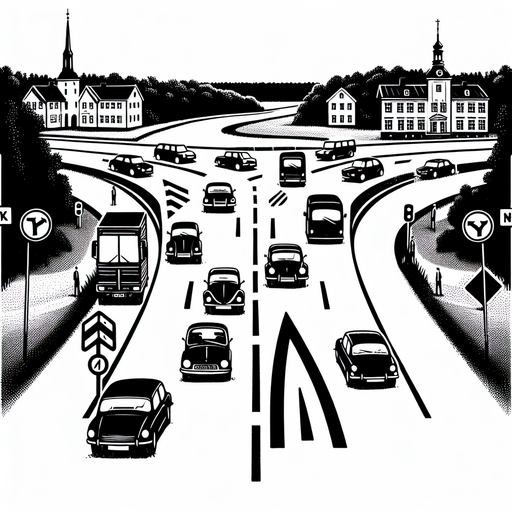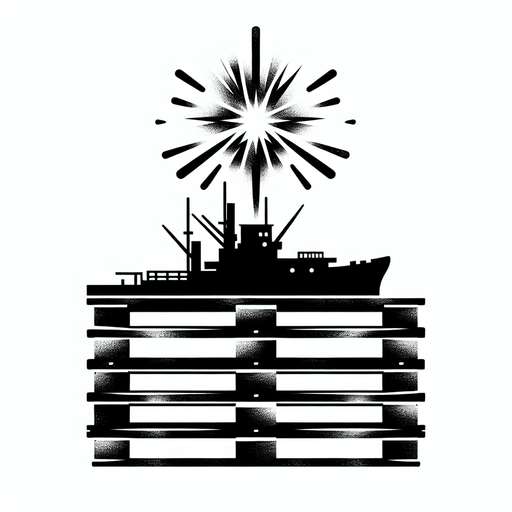"Right" Strategy
How UPS Saved Millions Not Turning Left
United Parcel Service (UPS), one of the world's largest shipping and logistics companies, made an intriguing operational decision that has captivated both logistics experts and the general public alike: the company's drivers almost always turn right (more than 90% of the time). Despite being counterintuitive for faster destination reach, this strategy has led to the saving of 10 million gallons of fuel, the emission of 20,000 tonnes less carbon dioxide, and the delivery of 350,000 more packages every year.
Finding an optimal route for package delivery is a common mathematical problem known as the traveling salesman problem, where the goal is to find the most efficient route that visits a list of points. This is a challenging mathematical problem, with complexity increasing exponentially with the number of stops, often making it impossible to find optimal solutions. Hence, trade-offs and shortcuts are typically necessary to find an efficient solution.
UPS discovered an effective shortcut by instructing its algorithm to only turn left when absolutely necessary, otherwise optimizing for right turns. This conclusion came after meticulous analysis of delivery routes and traffic patterns. UPS found that left turns had two major disadvantages: they took longer due to the wait time for a safe turn, and they led to significantly more frequent accidents than right turns. By implementing route planning software that prioritizes right turns, UPS has streamlined delivery routes, thus reducing the distance covered and time spent on the road.
The UPS strategy highlights the importance of challenging conventional wisdom and being open to counterintuitive solutions. It serves as a powerful example of how thoughtful analysis and the willingness to adopt unconventional methods can lead to significant improvements in performance and sustainability.
Craving more? Check out the source behind this Brain Snack!


